Air Resistance
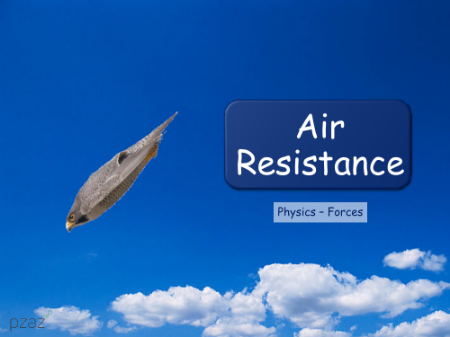
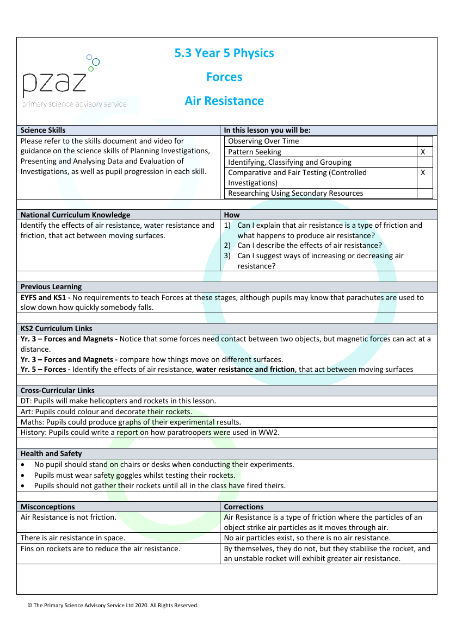

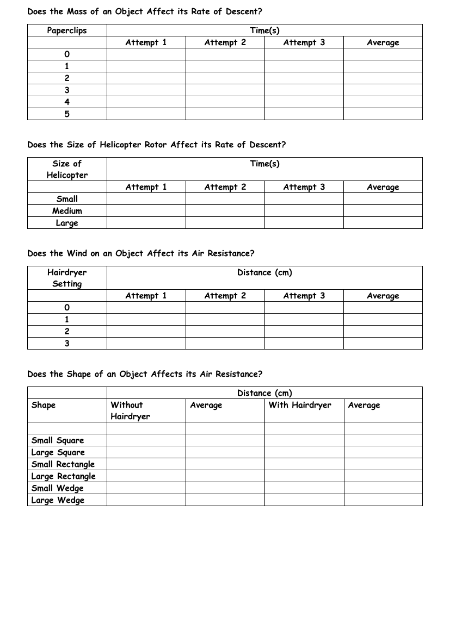
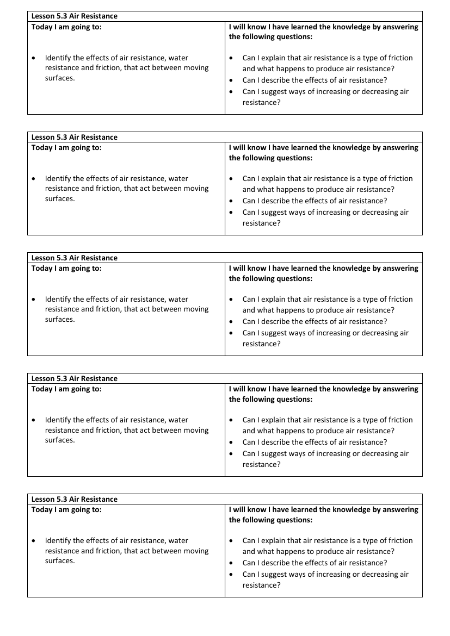
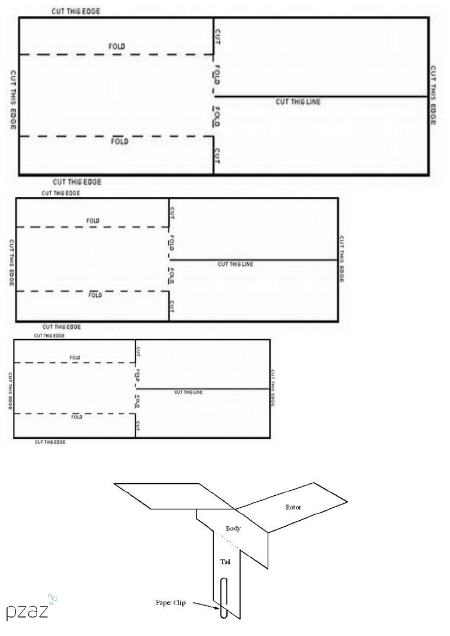
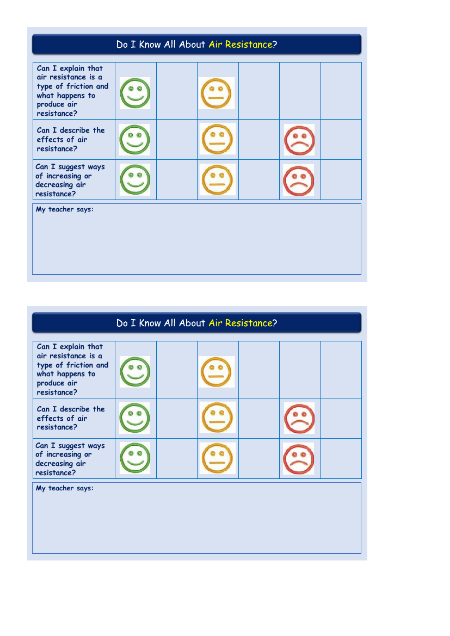

Science Lesson Description
In this lesson, students will learn about the effects of air resistance. The objectives are to explain air resistance as a type of friction, describe the effects of air resistance, and suggest ways of increasing or decreasing air resistance. This lesson aligns with the Year 5 curriculum of identifying the effects of air resistance, water resistance, and friction in forces.
Previous Learning
Students in the Early Years Foundation Stage (EYFS) and Key Stage 1 (KS1) are not required to learn about forces, although they may have learned that parachutes slow down the speed of falling. In Key Stage 2 (KS2), Year 3 students learn about forces and magnets and how things move on different surfaces, and Year 5 students learn about forces in more detail.
Cross-Curricular Links
- Design and Technology: Students will make helicopters and rockets.
- Art: Students can color and decorate their rockets.
- Mathematics: Students can create graphs of their experimental results.
- History: Students can write a report on the use of paratroopers in World War 2.
Misconceptions and Corrections
- Misconception: Air resistance is not friction. Correction: Air resistance is a type of friction where the particles of an object strike air particles as it moves through air.
- Misconception: There is air resistance in space. Correction: No air particles exist in space, so there is no air resistance.
- Misconception: Fins on rockets reduce air resistance. Correction: By themselves, fins do not reduce air resistance, but they stabilize the rocket, and an unstable rocket will exhibit greater air resistance.
Important Lesson Guidance
Teachers should ensure that students have the necessary equipment for the lesson, including balloons from a previous lesson and hairdryers from home. The eggs used in the activity should not be cooked.
Activity: Save the Egg!
In this activity, the whole class will participate in a teacher demonstration. Students will observe the differences in descent speed between three different sized parachutes made from bin bags and string, with an egg in a resealable bag as the payload. The larger the surface area of the parachute, the slower the descent and the greater the air resistance.
Science Explained
Air resistance is a frictional force that slows objects as they move through the air. It acts in the opposite direction to the opposing force, in this case, gravity. The surface area of the object moving through the air affects the amount of air resistance it experiences. In the Save the Egg activity, students will see that the large parachute descends slower and helps keep the egg intact upon landing.
Possible Questions
- Why does the large parachute descend more slowly?
- What type of force is air resistance?
- Is air resistance useful





